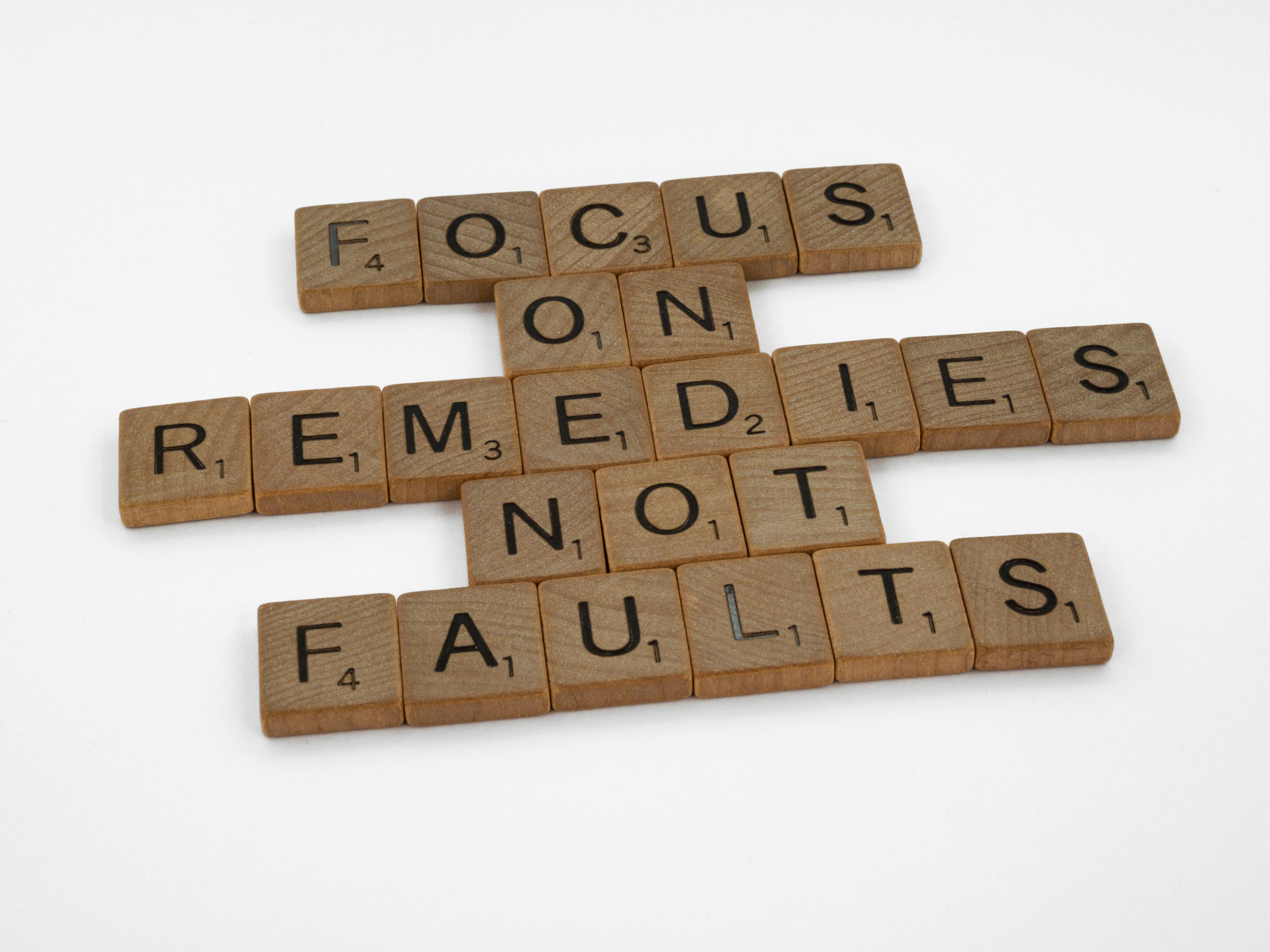How to Improve Balance: Mastering Stability and Coordination
Balance is a fundamental aspect of physical health often overlooked until it starts to decline. In a fast-paced world where injuries from slips and falls are common, knowing how to improve balance is crucial. This comprehensive guide explores effective methods, practical tools, and advanced strategies to enhance your balance and coordination.

Understanding the Fundamentals
Balance refers to the body’s ability to maintain its center of gravity over its base of support. It involves a complex interplay between the sensory system, brain, and muscles. From walking to athletic performance, balance plays a vital role in our daily functioning.
Historically, balance training was primarily associated with athletes and physical therapy. However, recent studies emphasize its importance for all age groups, particularly seniors. Think of balance as the body’s internal GPS—guiding every step, turn, and posture correction.
1.1 Core Strength and Stability
Core muscles include the abdominals, lower back, and pelvic floor. A strong core provides the stability needed for controlled movement. According to a 2023 NIH report, consistent core training can reduce fall risk by 30% in adults over 60.
Everyday activities like standing, sitting, and lifting rely on core strength. One misconception is that crunches alone are enough; in reality, planks, leg raises, and stability ball exercises offer more comprehensive benefits.
1.2 Sensory Integration
Balance isn’t just physical—it’s sensory. The body uses three primary systems: the visual system, vestibular system (inner ear), and proprioception (joint position sense). Together, these guide your spatial orientation and posture control.
For example, closing your eyes while standing on one foot challenges your vestibular system. Understanding these systems allows you to tailor your training for maximum improvement.
Practical Implementation Guide
Now that you understand the foundation, it’s time to apply it. Whether you’re a beginner or recovering from injury, the right balance exercises can yield results in weeks. Start slow, remain consistent, and track your progress regularly.

2.1 Actionable Steps
- Basic Balance Drills: Start with exercises like heel-to-toe walking, single-leg stands, and side leg raises.
- Tools and Equipment: Use resistance bands, balance boards, or BOSU balls to increase difficulty safely.
- Timeline and Milestones: Track improvements weekly by duration held or reduction in stumbles. Expect noticeable results within 4–6 weeks.
2.2 Overcoming Challenges
Common hurdles include dizziness, muscle fatigue, or lack of coordination. Solutions include focusing on hydration, rest, and progressive overload to avoid injury. Warning signs to watch for include recurring falls, joint pain, and vertigo.
Experts recommend consulting a physical therapist for personalized assessments. Always warm up properly and use a mirror to monitor your posture during practice.
Advanced Applications
Once foundational balance improves, explore higher-level training. These methods are ideal for athletes, dancers, or individuals seeking peak physical performance. Transition only after mastering basic balance exercises without external support.

3.1 Dynamic Balance Training
Dynamic balance involves maintaining stability while moving—think sports drills, obstacle courses, or martial arts. A 2022 study from the Journal of Sports Medicine found dynamic training enhances both agility and neuromuscular efficiency by over 40%.
3.2 Cognitive-Motor Integration
This technique combines mental tasks with balance exercises. For example, solving math problems while balancing on a wobble board. It’s especially effective for older adults or stroke rehabilitation, improving memory and motor function simultaneously.
Future Outlook
As wearable tech and virtual training grow, expect balance improvement programs to become more data-driven. Smart insoles and motion trackers already help monitor gait and posture in real time.
In the next 3–5 years, AI-driven apps and personalized rehab plans may dominate the space. Start preparing now by building baseline strength and familiarizing yourself with tracking tools.
Conclusion
To recap, balance is essential for stability, injury prevention, and quality of life. Start with core strengthening, integrate sensory training, and progress to advanced applications for long-term success.
Ready to take control of your balance? Begin with 10 minutes a day, use proper tools, and stay consistent. Explore guided balance routines or consult a physiotherapist to fast-track results.
Frequently Asked Questions
- Q: What is balance and why does it decline? Balance is your body’s ability to stay centered. It often declines due to aging, inactivity, or injury.
- Q: How do I start improving balance? Begin with simple drills like standing on one foot or heel-to-toe walking for 1–2 minutes daily.
- Q: How long does it take to see results? Most people notice better coordination and posture within 4 to 6 weeks of consistent practice.
- Q: Is special equipment required? No. However, tools like resistance bands or balance pads can accelerate progress.
- Q: How does balance training compare to regular workouts? Balance training enhances stability and posture, while traditional workouts focus more on strength or cardio.
- Q: Is balance training difficult? Not at all. It’s scalable for all levels and can be adjusted to suit your ability.
- Q: How can professionals use balance training? Athletes, dancers, and physical therapists incorporate it for injury prevention, performance enhancement, and rehabilitation.